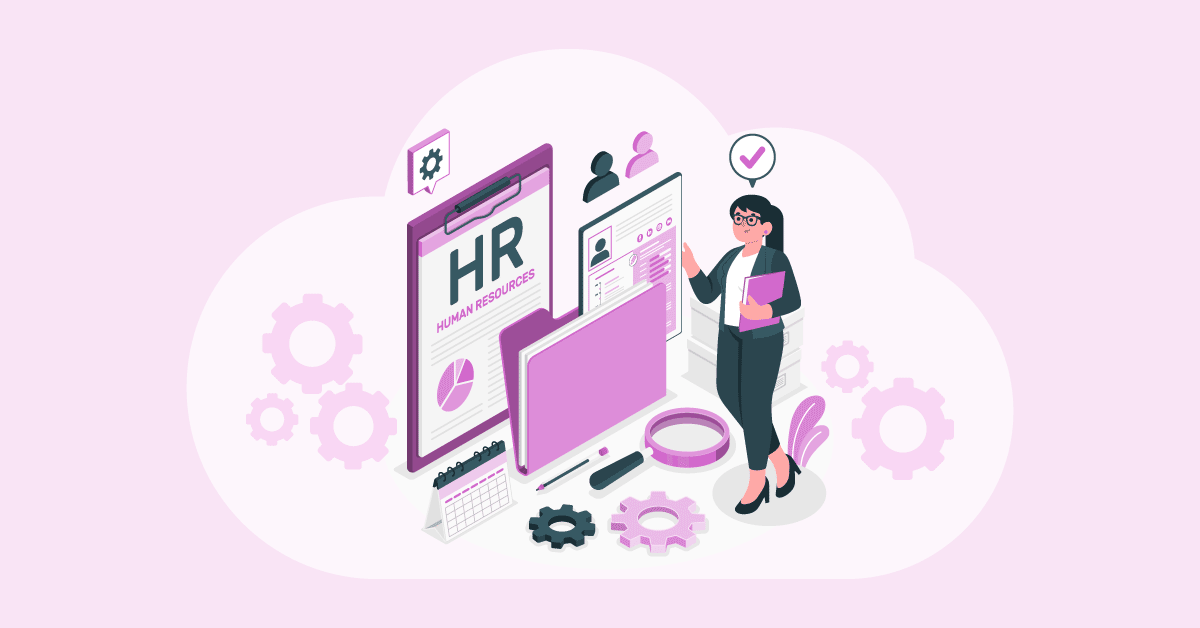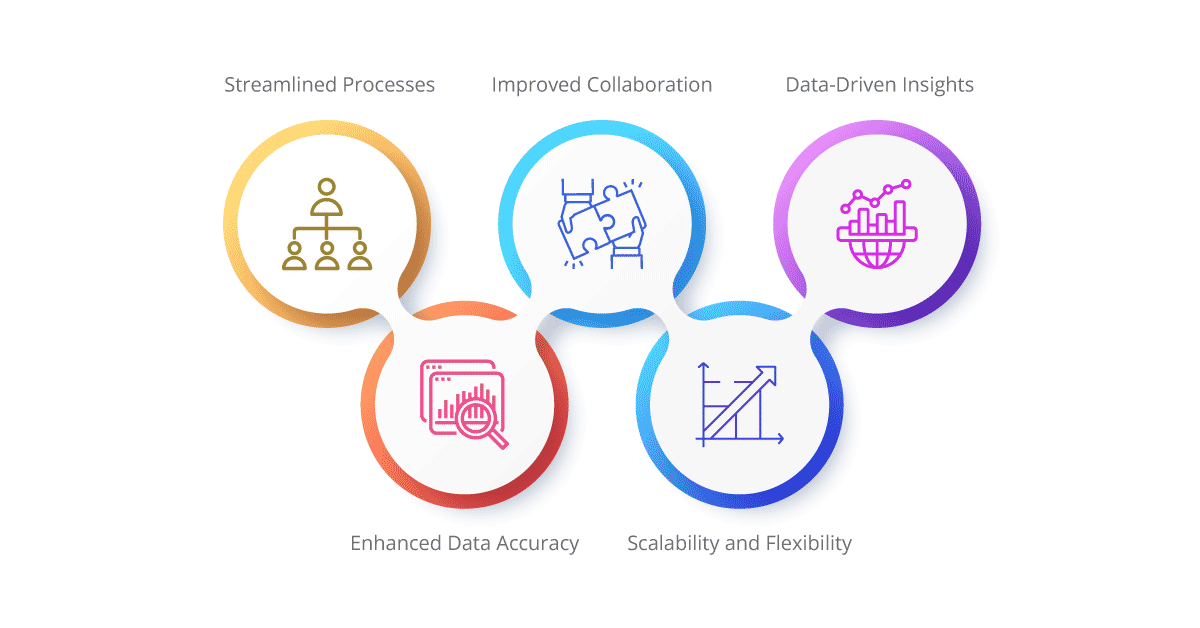Recruitment in the modern era isn’t just about finding the right talent; it’s about doing so efficiently. The traditional methods of manual data entry, disparate systems, and disconnected processes can bog down HR departments, leading to lost time, increased costs, and missed opportunities. However, there’s a solution on the horizon: Integrating Recruitment Systems with iPaaS (Integration Platform as a Service) in HR.
Aonflow iPaaS – Free for First 3 Months!
Build and run up to 1,500 transactions monthly with no cost. No payment info needed!
Understanding iPaaS
Before diving into how integrating recruitment systems with iPaaS can revolutionize HR, let’s grasp the concept of iPaaS. iPaaS acts as a bridge, connecting various applications, systems, and data sources within an organization. It facilitates seamless communication and data exchange, eliminating the need for manual intervention and reducing the chances of errors.
At its core, iPaaS serves as the linchpin that connects the disparate islands of data and functionality within an organization’s ecosystem. Picture it as a digital infrastructure architect, meticulously designing and constructing bridges between various applications, systems, and data sources. Whether it’s connecting cloud-based software, on-premises solutions, or even legacy systems, iPaaS serves as the universal translator, facilitating seamless communication and data exchange across the entire organizational landscape.
One of the key advantages iPaaS offers is its ability to eliminate the need for manual intervention in data integration processes. Traditionally, transferring data between different systems required time-consuming manual entry, leaving ample room for human error to creep in. With iPaaS, however, this cumbersome process is automated, significantly reducing the likelihood of errors while accelerating the pace of data exchange.
Imagine a scenario where a customer’s order information needs to be seamlessly transferred from the e-commerce platform to the inventory management system and then to the shipping provider—all without any human intervention. iPaaS makes this seamless orchestration possible, ensuring that data flows effortlessly from one system to another, like a well-oiled machine.
Moreover, iPaaS isn’t just about connecting systems—it’s about empowering organizations to leverage their data more effectively. By providing a centralized hub for data integration, iPaaS enables organizations to gain a holistic view of their data assets, breaking down silos and facilitating cross-functional collaboration. Whether it’s analyzing customer behavior, optimizing supply chain operations, or enhancing decision-making processes, iPaaS equips organizations with the tools they need to unlock the full potential of their data.
In essence, iPaaS serves as the digital nervous system of modern enterprises, enabling them to adapt, innovate, and thrive in an increasingly interconnected world. By embracing iPaaS, organizations can streamline their operations, enhance agility, and drive sustainable growth in the digital age.
The Evolution of Recruitment Systems
In the not-so-distant past, the realm of recruitment was a paper-laden landscape, where HR professionals sifted through stacks of resumes, scribbled notes on candidate profiles, and manually inputted data into archaic systems. However, as technology continued to advance at a breakneck pace, the recruitment landscape underwent a profound transformation—one marked by the emergence of modern recruitment systems.
Today, modern recruitment systems stand as a testament to the power of technology in revolutionizing traditional processes. These systems, often referred to as Applicant Tracking Systems (ATS) or Recruitment Management Systems (RMS), leverage cutting-edge technology to streamline every facet of the hiring journey, from candidate sourcing and screening to interview scheduling and onboarding.
One of the most significant advantages offered by modern recruitment systems is their ability to automate repetitive tasks, saving valuable time and resources for HR professionals. Gone are the days of manually sorting through piles of resumes or tediously inputting candidate information into multiple platforms. With the click of a button, recruitment systems can parse resumes, extract relevant information, and populate candidate profiles—all within a matter of seconds.
However, the benefits of modern recruitment systems extend far beyond automation. These platforms are designed to provide HR professionals with unparalleled visibility and control over the entire recruitment process. From customizable dashboards that offer real-time insights into recruitment metrics to advanced analytics tools that enable data-driven decision-making, recruitment systems empower HR teams to optimize their processes and drive better outcomes.
However, despite the undeniable advantages of modern recruitment systems, there remains a critical challenge: integration. Oftentimes, these systems operate in isolation, disconnected from other essential HR functions such as payroll, performance management, and employee engagement. This siloed approach not only hinders collaboration but also creates inefficiencies and redundancies within the HR ecosystem.
iPaaS is the missing link in the evolution of recruitment systems. By seamlessly integrating recruitment systems with iPaaS, organizations can break down silos, foster collaboration, and unlock the full potential of their HR ecosystem. Imagine a scenario where candidate information seamlessly flows from the recruitment system to the employee onboarding platform, triggering automated workflows and ensuring a smooth transition for new hires.
The Power of Integration
By seamlessly merging recruitment systems with Integration Platform as a Service (iPaaS), HR departments can unlock a plethora of advantages that redefine the way talent is acquired and nurtured within organizations.
1. Streamlined Processes:
Picture a scenario where a potential candidate navigates through your company’s career portal, expressing interest in a vacant position. With integrated systems, this interaction initiates a seamless journey where their details seamlessly cascade into the applicant tracking system (ATS). From there, automated workflows spring into action, orchestrating screening processes, scheduling interviews, and dispatching follow-up emails—all without human intervention. This streamlined process not only slashes the time required for administrative tasks but also ensures a consistent and engaging experience for candidates, amplifying their perception of your organization.
2. Enhanced Data Accuracy:
Manual data entry, with its inherent susceptibility to errors, has long been the bane of HR professionals. However, by integrating recruitment systems with iPaaS, organizations can bid farewell to this age-old challenge. By automating data transfer processes, iPaaS eradicates the need for manual intervention, significantly mitigating the risk of inaccuracies. The result? A repository of precise and up-to-date candidate information that forms the bedrock of informed decision-making throughout the hiring journey.
Aonflow is the leading integration platform.
You can kick-start by integrating your first-ever workflow in just a matter of minutes.
3. Improved Collaboration:
Recruitment isn’t a solitary endeavor—it’s a collaborative symphony that requires harmonious coordination among various stakeholders, from hiring managers to HR specialists. Integrated systems serve as the conduit for this collaboration, providing real-time access to candidate profiles, interview feedback, and hiring statuses. This transparency not only fosters seamless communication but also cultivates alignment across departments, ensuring everyone is on the same page throughout the recruitment process.
4. Scalability and Flexibility:
As organizations evolve and expand, so do their recruitment needs. Integrated systems offer the scalability and flexibility required to navigate these fluid landscapes seamlessly. Whether it’s venturing into new markets, diversifying talent pools, or accommodating shifting role requirements, integrated systems can adapt and evolve in tandem with organizational growth without disrupting workflows or diluting efficiency.
5. Data-Driven Insights:
In the era of fierce competition for top talent, data-driven insights serve as the compass guiding organizations toward recruitment success. Integrated systems arm HR teams with a treasure trove of analytics and reporting capabilities, enabling them to glean invaluable insights into recruitment metrics, trends, and performance indicators. From time-to-fill metrics to cost-per-hire analyses, these insights empower organizations to fine-tune their recruitment strategies, optimize processes, and stay ahead of the curve in the ever-evolving talent landscape.
In essence, the power of integration transcends mere connectivity—it reshapes HR paradigms, elevating recruitment processes to new heights of efficiency, effectiveness, and strategic impact. By embracing integration, organizations can harness the full potential of their recruitment systems, attracting top talent, fostering growth, and charting a course toward sustained success in the competitive marketplace.
Who Benefits from Integration?
The benefits of integrating recruitment systems with iPaaS extend beyond the HR department:
1. Candidates
Candidates are the lifeblood of any organization and their experience matters. Integrated systems create a seamless and user-friendly experience for candidates, from the application process to onboarding. Timely communication, personalized interactions, and streamlined processes leave a positive impression, enhancing employer branding and attracting top talent.
2. Hiring Managers
Hiring managers are tasked with selecting the best candidates for their teams quickly. Integrated systems provide hiring managers with access to relevant candidate information, interview schedules, and feedback, empowering them to make informed hiring decisions efficiently. This streamlined approach saves time and ensures that the right talent is hired for the job.
3. Executives
Executives rely on data-driven insights to drive business decisions, and recruitment is no exception. Integrated systems offer executives real-time visibility into recruitment metrics, enabling them to track progress, identify bottlenecks, and allocate resources effectively. These insights align recruitment efforts with business goals, ultimately driving organizational success.
Conclusion
Integrating recruitment systems with iPaaS in HR isn’t just about connecting the dots; it’s about unlocking the full potential of your organization’s recruitment process. From streamlining workflows to enhancing collaboration, the benefits are undeniable. By embracing integration, organizations can stay ahead of the curve, attract top talent, and drive business growth in the digital age.
Aonflow iPaaS – Free for First 3 Months!
Build and run up to 1,500 transactions monthly with no cost. No payment info needed!


